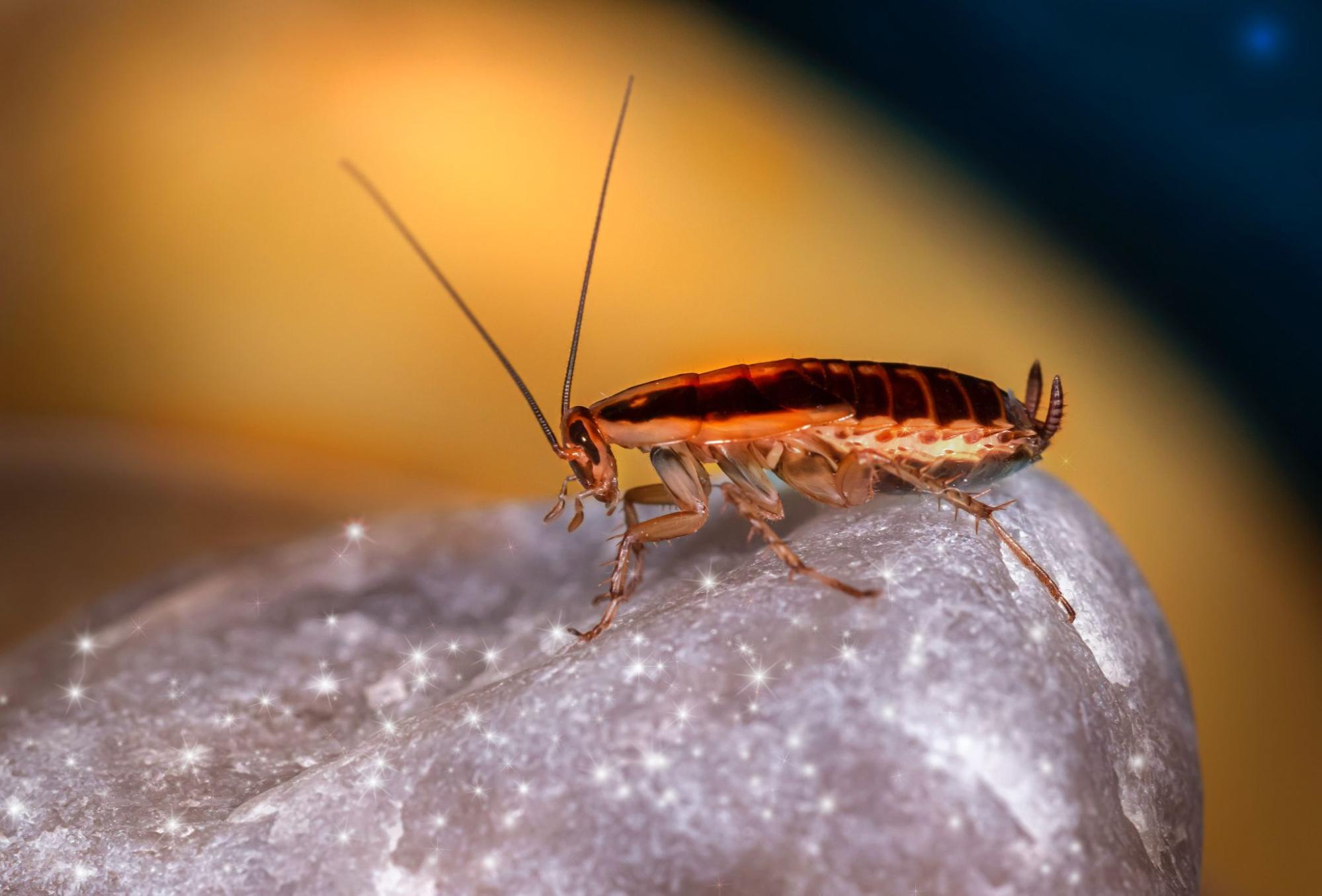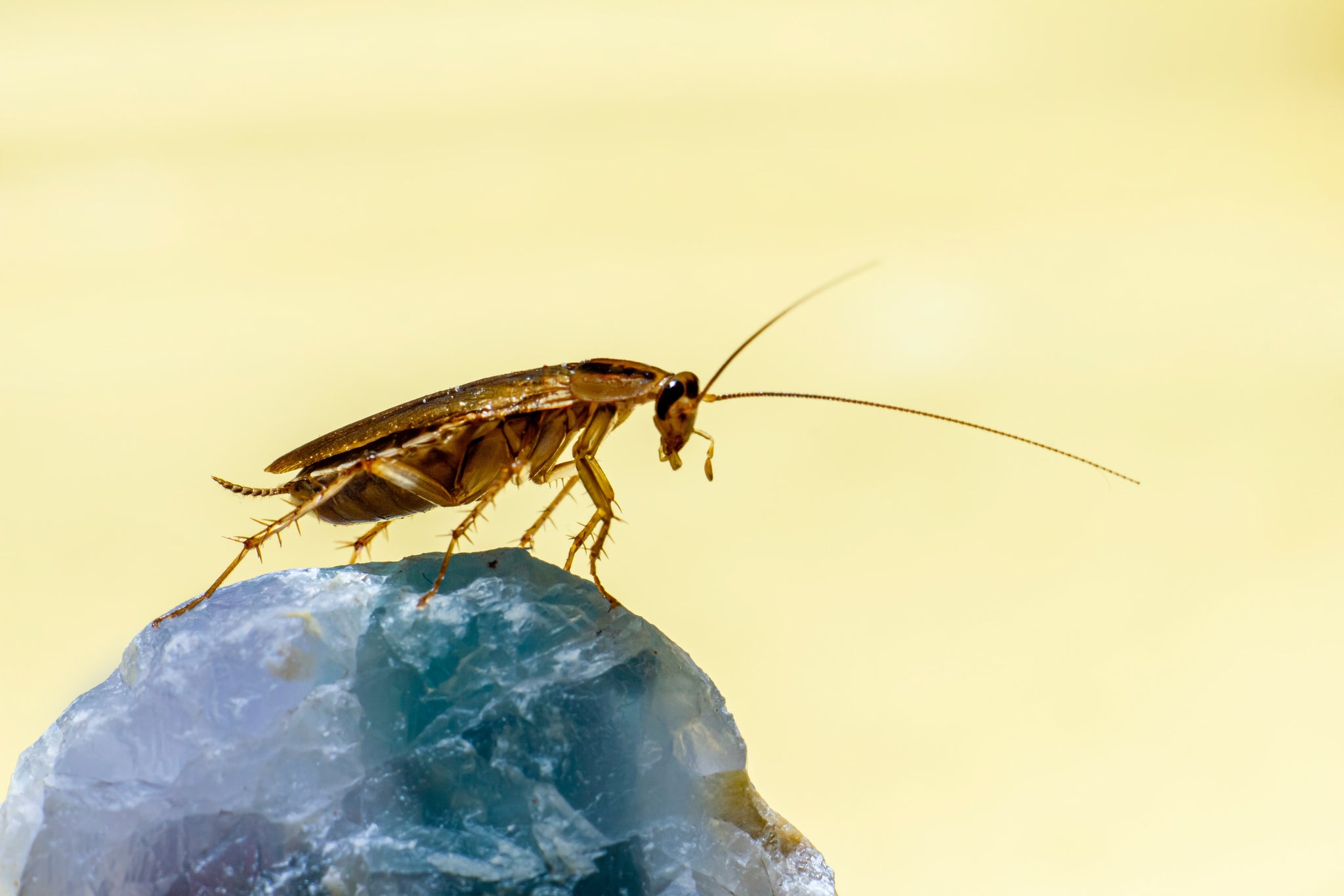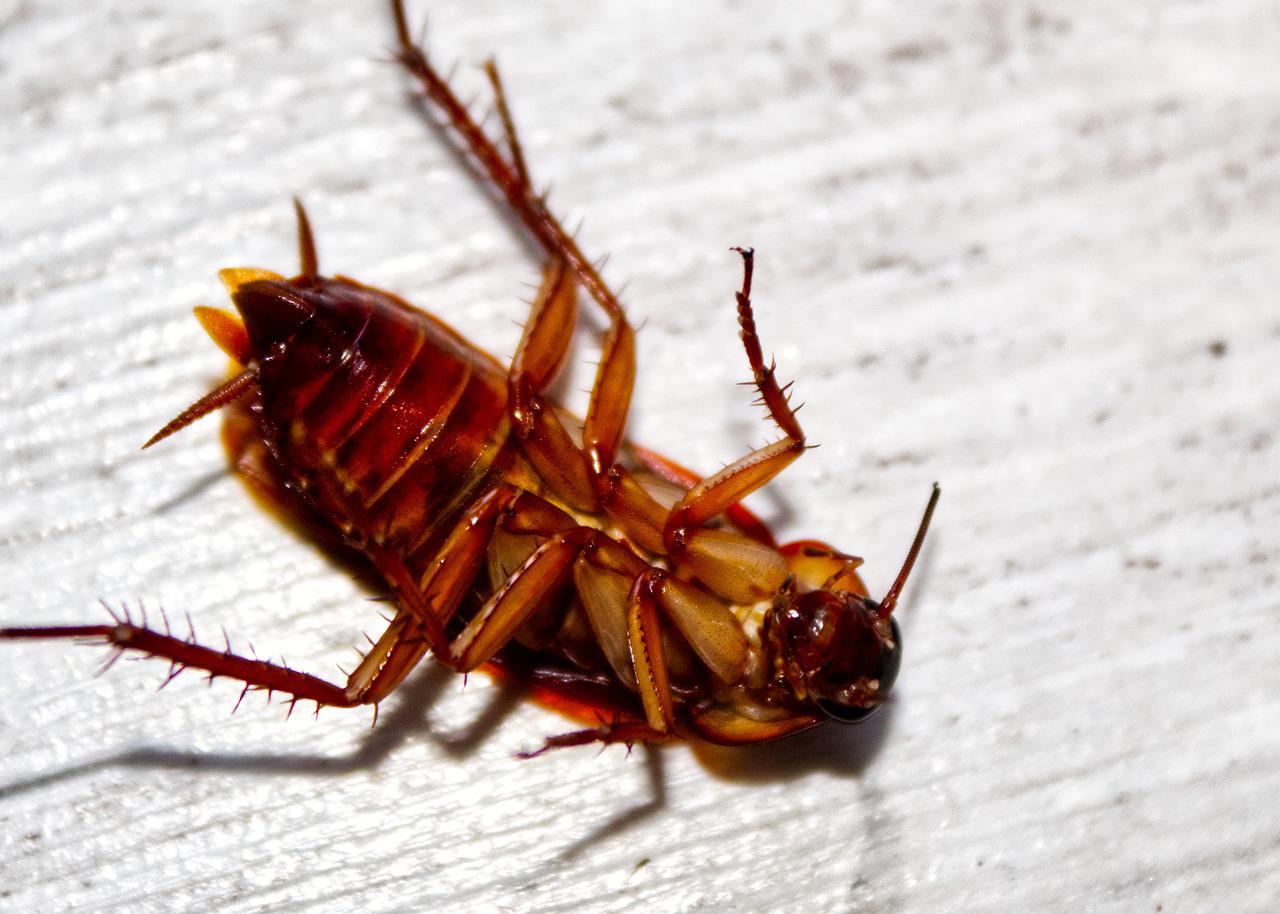Roach Treatment Products

Roach Glue Traps – 12 Pack | Sticky Indoor Pest Control Trap for Cockroaches
Regular price
Roach Glue Traps – 20 Pack | Sticky Indoor Pest Control Trap for Cockroaches
Regular price
Ant & Roach Spray – Natural, Plant-Based Ant and Roach Killer for Indoor and Outdoor | Home Pest Control Spray and Repellent | Made with Essential Oils, Safe for Use Around Children and Pets
From $24.99 Sold OutGet Rid of Your Cockroach Infestation with Roach Pest Control Products
Crawling cockroaches in your home can be a source of frustration and discomfort, and an embarrassment in front of guests. Cockroaches are pesky insects that are a nuisance and may spread odors around your home. However, with the help of our cockroach pest control products, you can address your roach infestation quickly.
FAQs about Roach Pest Control Products
Glue traps are effective at catching cockroaches, including American and German cockroaches. The traps work by using a sticky adhesive to trap the cockroach when it walks over the trap. Our adhesive roach traps contain a subtle, all-natural cherry juice scent which acts as an attractant to increase the effectiveness of the sticky trap.
EcoPest Supply’s roach glue traps are not poisonous and contain no chemicals or pesticides. Our roach traps are made with strong adhesive glue and contain a natural cherry juice scent to help attract roaches to the traps. There are other brands of roach glue traps that contain chemicals and pesticides. When deciding on which traps to purchase, it is important to read the labels to ensure you are aware of the kind of trap you are purchasing. If you have pets or young kids, it is advised that you use roach glue traps that do not contain chemicals or pesticides.
It is important to place the traps in areas where the cockroaches are likely to travel or hide. Such locations include:
- Along walls: Cockroaches often travel along walls, so placing traps in this location can be effective. Place the trap against the wall where you have seen cockroaches or in areas where you suspect they may be hiding, such as behind furniture or appliances.
- In dark, moist areas: Cockroaches prefer dark and moist environments, such as under sinks, in cabinets, or in basements. Place traps in these areas to catch any cockroaches that may be hiding there.
- Near food and water sources: Cockroaches need access to food and water to survive, so placing traps near these sources can be effective. Place traps near pet food dishes, in the kitchen, or near any leaks or sources of standing water.
- In high-traffic areas: If you're not sure where to place the traps, try placing them in areas where you see the most cockroach activity, such as near entryways or in hallways.
Getting rid of roaches completely can be a challenging task as they are resilient pests that can adapt quickly to various conditions. However, with consistent efforts and a combination of different methods, it is possible to significantly reduce their population and control their infestation. Roaches thrive in dirty and cluttered environments, so keeping your home clean and free of food debris, crumbs, and garbage is essential. Wipe down surfaces, sweep and vacuum regularly, and take out the trash frequently.
Cockroaches are active year-round in warmer climates, but their activity level can be influenced by seasonal changes in temperature and humidity. In cooler climates, cockroaches may be more active during the warmer months when temperatures are more favorable for their survival. In general, cockroaches are most active at night and are known to be more active in warm and humid conditions. They are also attracted to areas with food and water sources, so activity may be more pronounced in areas where these resources are readily available.
Professional pest control services have a range of methods and techniques to get rid of roaches, and their approach may vary depending on the severity of the infestation and the type of roach species present. Some common methods that professionals may use include:
- Inspection: A professional pest control service will conduct a thorough inspection of your home to determine the extent of the infestation and identify the type of roach species present.
- Baits and traps: Professionals often use baits and traps to lure and kill roaches. They may use different types of baits, such as gel or granular bait, depending on the species of roach and the location of the infestation.
- Insecticides: Professional pest control services may use insecticides to kill roaches. These may be applied as sprays, dusts, or aerosols, and are often targeted to specific areas where roaches are likely to hide or travel.
- Growth regulators: Professionals may use growth regulators to disrupt the roach's life cycle, preventing them from reproducing and controlling the population.
- Fumigation: In severe cases, fumigation may be necessary. This involves sealing the area and using a gas to kill roaches and their eggs.
It's important to note that professional pest control services should be licensed and follow safety regulations when using chemicals and other methods to control roaches. To see if we have a preferred provider in your area, click here and enter your zip code.
Roach traps are a highly effective method for detecting, eliminating and monitoring cockroach infestations. However, for severe infestations, roach glue traps should be used in conjunction with other methods for an integrated approach to control roach populations.
Roaches are known to be highly adaptable and resilient pests, but their level of intelligence is limited. While they can learn to associate certain smells or sights with danger or food, they are not capable of complex problem-solving or cognitive reasoning. To increase the effectiveness of roach traps, it's important to place them in areas where roaches are likely to hide or travel, such as in dark, humid areas and near food sources. Traps should also be regularly checked and replaced to ensure their effectiveness.
Consistent cleaning and maintenance of your home preventing roaches from finding food and water sources is the best way to ensure a roach infestation does not begin in the first place.
Several natural methods shown to deter roaches from your house include:
- Essential oils: Some essential oils, such as peppermint, tea tree, and eucalyptus oil, have been known to repel roaches. You can dilute a few drops of oil in water and spray it around areas where roaches are likely to hide.
- Bay leaves: Roaches dislike the smell of bay leaves, so placing them in cabinets and other areas can help deter them.
- Vinegar: White vinegar has a strong odor that can repel roaches. Mix equal parts of vinegar and water and use it to clean surfaces, floors, and cabinets.
We recommend replacing your sticky roach traps every 60 days or once you notice the adhesive area is covered by cockroaches or other insects. The traps and adhesive are made to remain effective for extended periods of time. However, it is common that dust and other debris gets stuck to the adhesive which can reduce their effectiveness after 60 days.

“Easy set-up. Comes with the option to have two smaller or one big trap per sheet which was helpful depending on the area. The trap doesn’t have a bad odor. It even comes with a place to date your traps so you can know when to replace them.”
Carla
United States






